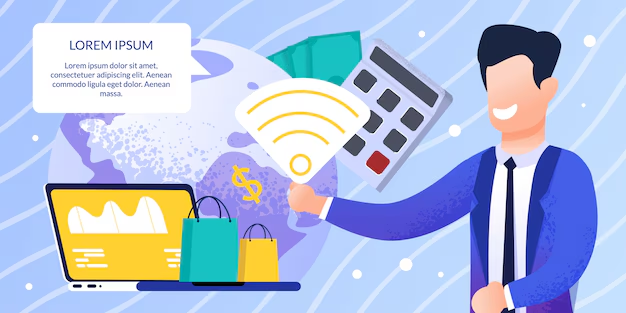A balance transfer is a financial strategy used to shift outstanding debt from one credit card or loan to another, often with the goal of reducing interest payments or consolidating multiple debts into one manageable payment. This method is commonly used with credit cards, but can also apply to personal loans or store cards. While a balance transfer can offer relief in some cases, it’s important to understand how they work and when it’s beneficial to use them.
How Balance Transfers Work
A balance transfer typically involves moving debt from a high-interest credit card to one with a lower interest rate. Credit card companies often offer promotional 0% APR (annual percentage rate) balance transfer deals for a set period, such as 12–18 months. The goal is to take advantage of this introductory rate, saving money on interest payments while you focus on paying down the principal balance. Some key steps involved in a balance transfer include:
- Requesting the Transfer: You apply for a new card with a low or 0% APR offer and request a balance transfer from your existing card. The new card issuer will handle the transfer.
- Transfer Fees: Many credit cards charge a fee for balance transfers, typically 3%–5% of the total amount being transferred. It’s essential to factor this fee into your decision.
- Promotional Period: Once the balance is transferred, the new card will have a lower interest rate for a certain period. After this promotional period ends, the interest rate can rise significantly, making it important to pay off the transferred balance during the promotional period.
When To Use a Balance Transfer

Balance transfers can be an effective tool in several situations, but they aren’t always the right solution for every financial scenario. Here are some instances where a balance transfer can be particularly helpful:
- High-Interest Debt: If you have credit card debt with a high interest rate, a balance transfer to a card offering 0% APR for 12–18 months can help you save money by reducing the interest charges.
- Debt Consolidation: If you have multiple credit cards with outstanding balances, consolidating these debts onto one card with a low interest rate can simplify your payments and help you track your progress.
- Paying Off Debt Faster: With a lower interest rate, more of your monthly payment will go toward reducing the principal balance, allowing you to pay off your debt faster.
- Special Promotional Offers: Some cards offer introductory 0% APR balance transfer deals with no annual fees for a set time. If you’re able to pay off the balance within this period, you can avoid interest charges altogether.
- Financial Discipline: Balance transfers can be useful for individuals with a disciplined approach to managing their finances. It’s important to commit to paying off the debt during the promotional period to avoid higher interest rates later on.
Things to Consider Before Using a Balance Transfer
- Transfer Fees: As mentioned, balance transfers often come with a fee, which can add up quickly. For instance, a 3% fee on a $5,000 balance would cost $150, reducing the overall savings from the transfer.
- Introductory Period: It’s crucial to understand how long the promotional rate lasts and ensure that you can pay off the debt before the rate increases. If you don’t pay off the balance in time, the remaining balance may be subject to the standard interest rate, which can be much higher.
- Credit Score Impact: A balance transfer could affect your credit score in a few ways. Opening a new card and transferring a large balance could increase your credit utilization rate, which may temporarily lower your score. However, if you use the balance transfer to reduce your debt and pay it down, it could have a positive impact in the long run.
- Other Options: While balance transfers can be helpful, they may not be the best solution for everyone. Consider other debt management options, like personal loans or credit counseling, if a balance transfer doesn’t fit your needs.
Conclusion
A balance transfer can be a useful tool for managing high-interest debt, consolidating multiple credit card balances, and paying off debt more efficiently. However, it’s essential to carefully weigh the benefits against the costs, such as transfer fees and the risk of a higher interest rate once the promotional period ends. Before proceeding with a balance transfer, ensure that you have a plan to pay off the transferred balance during the introductory period to fully maximize the savings.
FAQs
Q. How long does a balance transfer take?
A. Balance transfers typically take 7–10 business days to process, but it can vary depending on the issuer.
Q. Are balance transfer fees negotiable?
A. In some cases, credit card issuers may offer a reduced fee or waive it entirely as part of a special promotion. However, it’s not guaranteed, and it’s important to check with the issuer before initiating a transfer.
Q. Can I transfer balances between cards of the same issuer?
A. Most credit card issuers do not allow balance transfers between their own cards. You’ll need to transfer the balance to a different card issuer.
Q. What happens if I don’t pay off the transferred balance in time?
A. If the balance is not paid off before the promotional period ends, the remaining balance will be subject to the regular interest rate, which can be much higher.
Q. Can I transfer a balance to a personal loan?
A. While a balance transfer is typically done between credit cards, some lenders may allow you to consolidate debt using a personal loan. Compare loan terms to determine if it’s a viable option.

